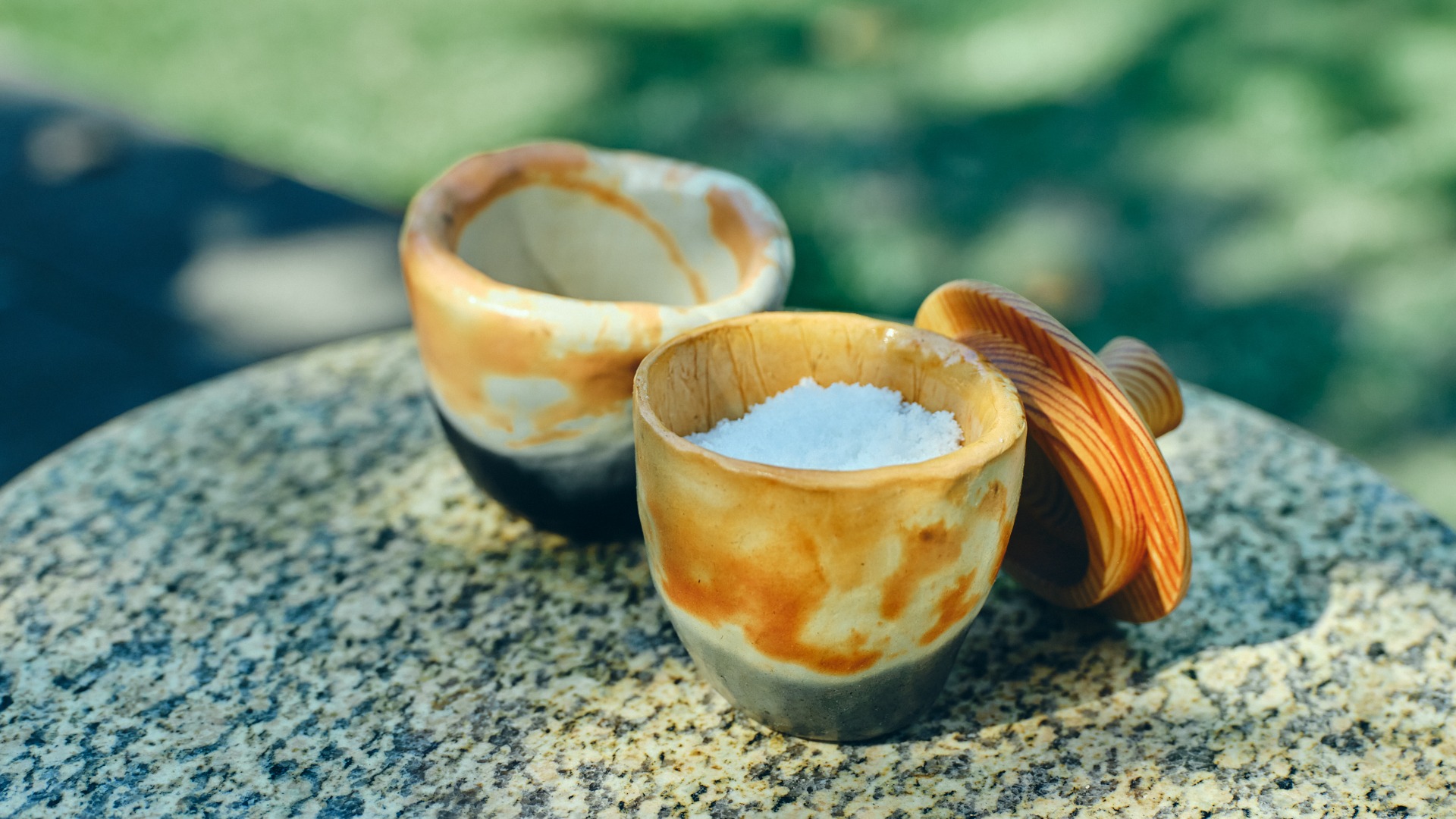Experience the Magic of Japan’s Obon Festival: A Guide to Celebrating with Lanterns, Dance, and Delicious Food!
Welcome to the enchanting world of Japan’s Obon Festival, a time when the past and present come together in a beautiful celebration of life, death, and the bonds of family. This annual festival, which typically takes place in mid-August, is a heartfelt occasion for Japanese people to honor their ancestors, inviting their spirits back to the earthly realm for a joyful reunion. The atmosphere is electric, filled with vibrant lanterns, traditional dances, and mouthwatering food, creating a tapestry of community spirit and cultural richness.
As you stroll through the streets adorned with glowing lanterns and hear the rhythmic beats of Bon Odori (the traditional dance), you’ll feel the warmth of togetherness that defines this festival. Whether you’re a first-time visitor or a seasoned traveler, Obon offers a unique blend of tradition, community, and culinary delights that make it a must-experience event in Japan. So grab your yukata, and let’s explore the heart and soul of Obon!
Discovering the Essence of Japan’s Obon Festival
At its core, Obon is a celebration deeply rooted in Japanese culture, with origins that trace back to Buddhism and the practice of ancestor worship. The festival is a time to remember and honor those who have passed away, reflecting the belief that the spirits of our ancestors return to visit us during this period. The tale of Mokuren, a disciple of Buddha, serves as a poignant reminder of this tradition. According to legend, Mokuren discovered his deceased mother suffering in the realm of hungry ghosts. In his quest to alleviate her suffering, he learned the importance of offering food and prayers, which laid the foundation for the Obon customs we cherish today.
During Obon, families come together to clean graves, prepare offerings, and participate in various customs that pay homage to their ancestors. The festival is not just about remembrance; it’s a vibrant celebration that brings communities closer, fostering a spirit of gratitude and joy. From the lighting of lanterns to the lively dances, every aspect of Obon is infused with meaning and warmth, making it a truly magical experience.
Curious to learn more about the significance of Obon? Check out our detailed guide: Experience the Magic of Obon in Japan.
Key Obon Festival Dates and Events
Mark your calendars! The Obon Festival typically falls between August 13 and 16, but the exact dates can vary by region. Each area of Japan has its own unique celebrations and customs, making it an exciting time to explore different locales. From the bustling streets of Tokyo to the serene countryside of Kyoto, every corner of Japan showcases its own flavor of Obon.
During these four days, you can expect a flurry of activities, including lantern festivals, Bon Odori dances, and food stalls bursting with delicious offerings. Notable regional festivals, such as the Gion Matsuri in Kyoto and the Tokushima Awa Odori, attract visitors from all over, showcasing the diverse ways that communities celebrate this cherished occasion.
For those planning to experience Obon in 2024, be sure to check out our calendar of events: Discover Japan’s Obon Festival 2024: Summer Magic Awaits.
Lanterns: The Symbol of Obon
One of the most captivating aspects of Obon is the tradition of lighting lanterns. These beautiful lights symbolize the guiding of ancestral spirits back to their resting places. Families often prepare paper lanterns, known as chochin, and light them to create a warm, inviting atmosphere. As night falls, the streets glow with the soft light of these lanterns, illuminating the path for spirits and creating a magical ambiance that enchants all who witness it.
Lighting lanterns is more than just a visual spectacle; it’s an emotional ritual that connects families across generations. Many families share stories of their loved ones as they light their lanterns, creating a moment of reflection and remembrance that strengthens familial bonds. The act of lighting a lantern becomes a heartfelt gesture, a way to say, “You are not forgotten.”
Want to learn more about the emotional significance of lantern lighting during Obon? Read our article: Experience Obon in Japan: Lanterns, Family, and Flavor.
The Joyful Dance of Bon Odori
As the sun sets and the lanterns flicker to life, the joyous sounds of Bon Odori fill the air. This traditional dance is a key feature of the Obon Festival, bringing communities together in celebration. Originating from the same tale of Mokuren, Bon Odori is performed to welcome the spirits of the deceased and to celebrate life.
Each region in Japan has its own style of Bon Odori, with unique dances, music, and costumes. Whether you’re twirling in a circle in a local park or joining the lively festivities in a city square, the sense of community is palpable as people of all ages come together to dance. The infectious joy of Bon Odori is a reminder that while we honor our ancestors, we also celebrate the present with those we love.
Curious about the different styles of Bon Odori? Check out our guide: Experience Obon: Japan’s Enchanting Summer Lantern Festivals.
Culinary Delights of Obon: A Feast for the Senses
Ah, the food! One of the highlights of the Obon Festival is the incredible array of traditional dishes that tantalize your taste buds and bring families together. From savory to sweet, the culinary offerings during Obon are not just meals; they are a celebration of culture and heritage.
During this festive time, you’ll find food stalls brimming with local specialties. Obon food varies by region, reflecting the unique flavors and ingredients of each area. In the Kansai region, for example, you might indulge in yaki soba (stir-fried noodles) and takoyaki (octopus balls), while in Hokkaido, fresh seafood is the star of the show. Don’t miss out on kakigori (shaved ice) to cool off during those warm summer evenings!
Food plays a significant role in family gatherings during Obon. Many families prepare special dishes to honor their ancestors, creating a feast that includes ohagi (sweet rice cakes) and seasonal vegetables. These meals are often enjoyed together, fostering a sense of connection and gratitude.
Want to explore more about the delicious foods you’ll find at Obon? Check out our guide: Celebrate Japanese Holidays 2024: A Foodie’s Guide.
A Day-by-Day Itinerary for Experiencing Obon
Ready to dive into the festivities? Here’s a suggested itinerary to help you make the most of your Obon experience!
Day 1: Arrival and Lantern Lighting
Start your Obon adventure by arriving in your chosen city. Spend the evening exploring local neighborhoods, soaking in the festive atmosphere. As night falls, participate in a lantern lighting ceremony. Join locals as they light their lanterns, sharing stories of their ancestors. Feel the warmth of community spirit as you watch the lanterns illuminate the night sky.
Day 2: Bon Odori Dance
On your second day, immerse yourself in the lively Bon Odori dance. Head to a nearby park or community center where the festivities are in full swing. Don your yukata and join in the dance! Don’t worry if you’re new to it; the community welcomes everyone, and you’ll quickly pick up the steps. After dancing, treat yourself to some delicious Obon festival food from local stalls.
Day 3: Cultural Experiences
Dedicate your third day to cultural experiences. Visit temples and shrines to learn more about the significance of Obon. Participate in workshops or demonstrations of traditional crafts or cooking. This is a great way to deepen your understanding of the customs and traditions surrounding the festival.
Day 4: Local Festivals and Fireworks
On your final day, check out local Obon festivals. Each region hosts its own unique celebrations, complete with food, music, and dance. Cap off your Obon experience with a spectacular fireworks display, a fitting way to celebrate the festival’s conclusion.
For a more detailed guide on experiencing Obon in 2024, visit: The Ultimate Guide to Experiencing Obon 2024 in Japan.
Fun Facts About Obon Festival Traditions
Ready to impress your friends with some fascinating tidbits about Obon? Here are a few fun facts that highlight the unique customs and rituals associated with this beautiful festival:
- Different Regions, Different Traditions: Each region in Japan has its own unique customs for Obon. For instance, in some areas, the festival is celebrated with fireworks, while others may feature parades or special rituals.
- Obon and the Spirit World: It’s believed that during Obon, the spirits of ancestors return to the physical world. Many families set up altars with offerings to welcome these spirits back home.
- Symbolism of Food: The food prepared during Obon is not just for feasting; it symbolizes the nourishment offered to the spirits of ancestors. This deep connection between food and family is a beautiful aspect of the festival.
- Lanterns Everywhere: The floating lanterns you see during Obon are not only visually stunning but also serve a purpose. They guide the spirits back to their resting places at the end of the festival.
These fun facts not only enrich your understanding of Obon but also add to the magic of the experience!
Festivals and Events: Where to Celebrate Obon in Japan
Japan’s Obon festivities are as diverse as its culture! Here are some of the best locations to immerse yourself in the celebrations:
Tokyo
In the bustling capital, you can find numerous Obon events, including the famous Asakusa Samba Carnival, which combines traditional Obon dances with samba rhythms. The vibrant atmosphere is contagious, making it a must-see!
Kyoto
Kyoto is known for its traditional Obon celebrations, particularly at Gion Matsuri. The streets come alive with dance, food stalls, and stunning lantern displays. Don’t miss the chance to visit the Philosopher’s Path for a serene lantern-lit stroll.
Okinawa
If you find yourself in Okinawa, experience the unique Okinawan Obon customs, which blend traditional Japanese practices with local influences. The vibrant music and dance styles will leave you enchanted!
For more information on where to celebrate Obon and experience the festivities, check out: Experience Obon Holiday in Japan: A Summer Festive Guide.
Practical Information for Travelers
Planning to join the Obon festivities? Here are some practical tips to make your experience smooth and enjoyable:
- Transportation: Public transport is the best way to get around during Obon. Expect larger crowds, especially near festival sites, so plan your travels accordingly.
- Accommodation: Book your stay in advance, as hotels fill up quickly during the festival. Consider staying in traditional inns (ryokan) for an authentic experience.
- Respect Local Customs: Obon is a time of remembrance and respect. Participate in rituals and ceremonies with a heart full of gratitude.
- Stay Hydrated: With the summer heat, keep yourself hydrated, especially if you’re dancing or walking around the festivals!
For additional travel tips and safety guidelines, make sure to check our resources!
Sustainability and Conservation During Obon
As you revel in the festivities, it’s essential to think about sustainability. Here are some eco-friendly practices to consider during Obon:
- Eco-Friendly Lanterns: Instead of traditional paper lanterns, opt for biodegradable or reusable lanterns to reduce waste.
- Food Waste Reduction: When enjoying the delicious offerings, be mindful of portion sizes to minimize food waste.
- Travel Responsibly: Use public transport and support local businesses to help reduce your carbon footprint during your travels.
By celebrating sustainably, you can enjoy the magic of Obon while caring for the environment!
Outdoor Activities and Sports During Obon
Obon isn’t just about lanterns and food; it’s also a fantastic time for outdoor fun! Many communities host sports events and outdoor activities during the festival:
- Fireworks Displays: Many cities celebrate the end of Obon with stunning fireworks. Grab a spot with a view and enjoy the show!
- Community Sports: Join in on local sports events, from traditional games to modern activities. It’s a great way to connect with locals and have some fun!
Participating in these activities adds another layer of joy to your Obon experience, making it even more memorable.
Shopping Guide: Souvenirs and Local Crafts
Don’t leave Japan without picking up a few souvenirs! During Obon, local markets are filled with unique crafts and mementos:
- Traditional Crafts: Look for handmade items such as kokeshi dolls or furoshiki (wrapping cloths) that reflect Japanese artistry.
- Food Souvenirs: Bring home some delicious treats like matcha sweets or rice crackers to share with friends and family.
- Lanterns: Consider purchasing a decorative lantern as a keepsake to remind you of the beautiful Obon celebrations.
Exploring local markets is a delightful way to experience the culture and find something special to remember your trip by!
Commonly Asked Questions About Obon
Curious about Obon? Here are some frequently asked questions that can help clarify your understanding of this beautiful festival:
- What is the meaning of Obon? Obon is a festival that honors the spirits of ancestors, celebrating their return to the physical world.
- How long does Obon last? The festival typically lasts four days, from August 13 to 16, but celebrations can vary by region.
- Can tourists participate in Obon? Absolutely! Visitors are welcomed to join in the festivities, participate in dances, and enjoy the food.
For more insights and answers to your questions, explore our resources on Obon customs and traditions!
As the Obon Festival draws near, the anticipation builds for a magical celebration filled with light, dance, and delicious food. This is a time to honor the past while creating new memories with family and friends. Whether you’re lighting a lantern, dancing in a circle, or savoring the flavors of traditional dishes, each moment is a beautiful reminder of the bonds that unite us all.
So, pack your bags, grab your yukata, and get ready for an unforgettable experience at Japan’s Obon Festival!





















